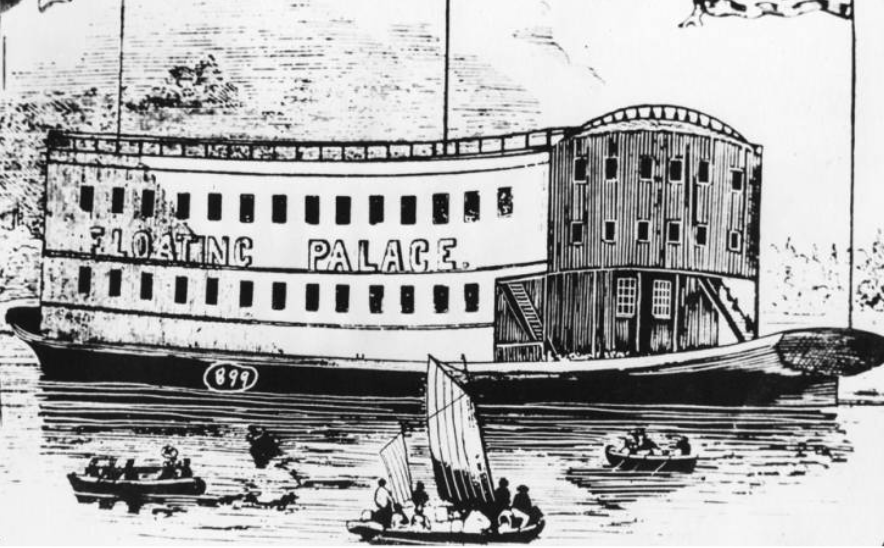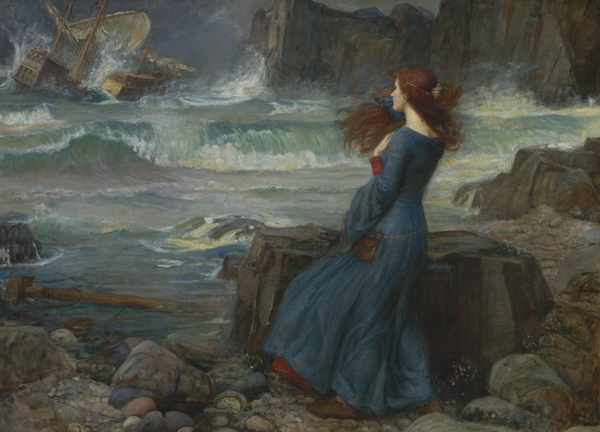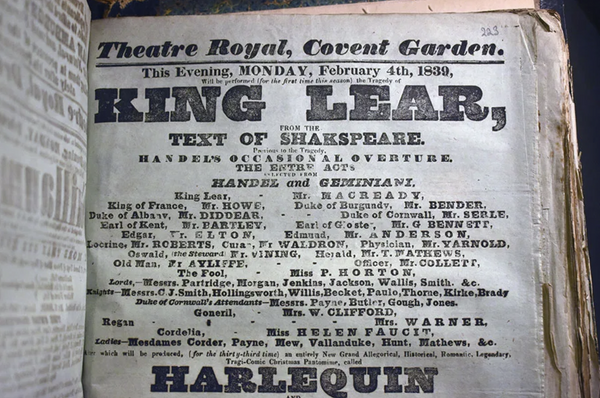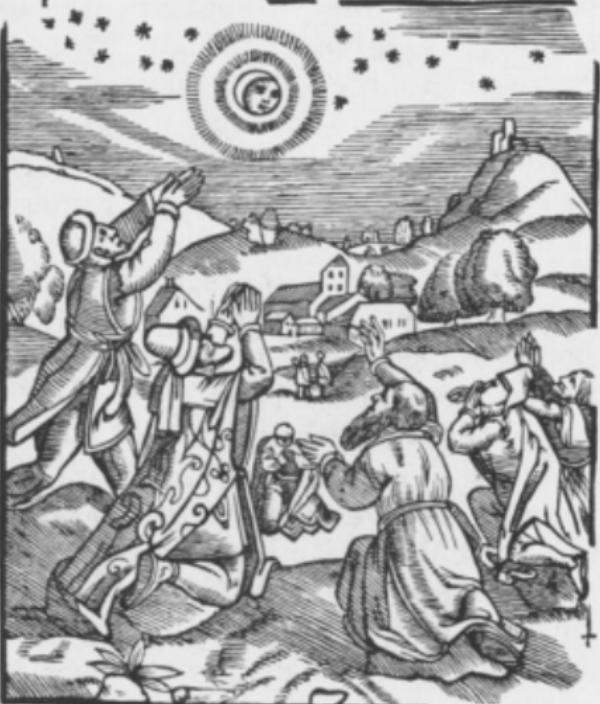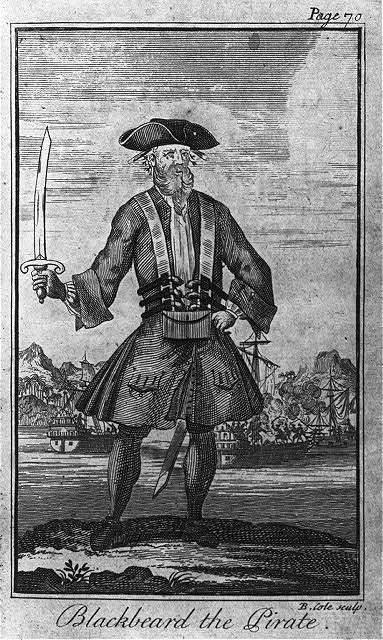Volume 24: March 25, 2021
Showboats, Shakespeare, and the American South
By London Johns
“There is scarcely a pioneer’s hut,” observed a French political thinker visiting the United States in 1831, “where one does not encounter some odd volumes of Shakespeare.” (qtd. in Dickson) However, although written copies of his works were widespread, performances of Shakespeare’s plays were less common. Theaters were rare, especially in rural areas, so performances that did occur took place in unconventional locations—barns, schools, and other buildings converted into makeshift stages. In towns along the Ohio and Mississippi rivers, Shakespeare’s works were distributed in an unexpected way: in “showboats”, flatboats that carted acting companies along the rivers and held performances wherever they went. The most formal of early showboats brought theater to areas where there had been none before and to people who could not afford to attend plays. For the family hailed as the first true showboat company, the Chapmans, Shakespeare’s plays were the key to their moving performances. Because of the familiarity of Shakespeare’s works in written form, the Chapmans were able to use his plays to gain community support and draw new audience members to the theater.
Though the Floating Theater was not the first boat used to cart performances down the rivers, it was the first to host full plays for paying audiences (Graham, “Showboats in the South” 174). It belonged to the Chapman family, all of whom were actors and several of whom—most notably Caroline Chapman, who went by the stage name “Miss Greenwood”—performed in well-received plays in traditional theaters. William Chapman Sr., Caroline’s father, immigrated from England and began appearing in plays in America in 1827. His early performances were primarily in Shakespeare plays; he appeared in Richard III, Othello, and Hamlet (Graham, Showboats: A History… 10). These performances must not have supported Chapman for long. Following a myth that success could be found in the West and discouraged by their failure to find a theater willing to employ all nine family members, the Chapmans moved to Pittsburgh.
According to legend, upon their arrival, they asked a hotel manager to rent them a place to live and the hotel dining room to perform plays. However, the hotel manager was hesitant, afraid that a crew of actors would damage the establishment’s reputation. Only by reassuring the manager that their specialty was Shakespeare were the Chapmans able to convince him to rent them the space (Graham, Showboats: A History… 12-13). Three months later, the Chapmans began to perform in plays on a boat called the “Floating Theater”. Their showboat travelled once a year down the Ohio and Mississippi Rivers, stopping at every town to give performances. When they arrived at the end of the river each year, the family abandoned the boat, travelled back along the river, and repeated the journey the next year in a different boat (Graham, “Showboats in the South” 175).
Showboats were perfect for the Chapmans’ purposes. The family was very close; it has been said that they spoke backstage in a secret language shared only between them, much to the dismay of their fellow actors (Claeren 232). Unlike traditional theaters, the Chapmans’ boat allowed them to work as a family without having to include a large cast of strangers; only two other people initially lived with them on the Floating Theater, and the nine members of the Chapman family made up the majority of their plays’ casts. It also suited their love for travel and fishing; the Chapmans were “often more intent on fishing than on playing” (qtd. in Claeren 235). The family’s early years running their showboat proved so successful that they were able to purchase their own steamboat instead of scrapping their boat each time it travelled down the river, and their crew soon grew from eleven people to twenty-one (Claeren 237).
The showboat form of theater was also ideal for the towns along the river, many of which did not have a theater of their own. The late 1830s was a time of economic depression, and more traditional theater companies than the Floating Theater found themselves in dire straits both financially and artistically. One newspaper editor in Vicksburg, a city on the Mississippi river, wrote that “if the citizens of Vicksburg would manifest more willingness to patronize the drama, the performances at our theatre would not be of that disgusting boring character, they generally are” (qtd. In Keeton 60); four days later, he wrote that a George Chapman—possibly the same George Chapman who performed with his family on the Floating Theater—was “not receiving that encouragement which would induce him to remain with us during the season. The last nights he has been playing to empty benches” (qtd. in Keeton 60). On their showboat, the Chapman family, for whom “great profit was not the primary motive,” accepted unconventional forms of payment. Though they preferred money (the cost of a ticket was fifty cents, or the equivalent of about fifteen dollars today), audience members could also pay with fruit, potatoes, or bacon (qtd. in Claeren 235; Graham, “Showboats in the South” 176).
Performances on the Floating Theater usually began with a play, followed by a monologue and a series of short scenes and songs. Common plays included an adaptation of The Taming of the Shrew called “Catherine and Petruccio”, and, after the community demanded it, Hamlet (Graham, “Showboats in the South” 177); the most popular of Shakespeare’s plays performed on the Floating Theater were Othello, Hamlet, and Richard III (Wright 400). It was not unusual for showboats’ audiences to enjoy Shakespeare; Shakespeare’s plays were not thought of as an untouchable canon exclusively enjoyed by the elite. Instead, satirical adaptations of Shakespeare’s plays, with titles like “Hamlet and Egglet” and “Julius Sneezer”, were often performed at burlesques and minstrel shows (Teague 82). Performances on the Floating Theater used this trend to their advantage:
“The Chapman troupe offered enough variety—music, drama, farce—to attract the crudest settlers along with the more refined. Occasionally they performed Shakespeare, but even with Hamlet they played to the emotions more than to the mind. The first showboat, like all that followed, appealed to the common folk.” (qtd. in Claeren 238)
For the course of the Chapmans’ showboat careers, members of impoverished communities who knew about Shakespeare’s works through education or social osmosis were able, for the first time, to see them performed on a stage.
William Chapman’s previous experience with Shakespeare’s plays was surely one reason why his works were so frequently performed on the Floating Theater. However, it was not the only one. The technique that the Chapmans had used to find a place to stay when they arrived in Pittsburgh—claiming that they performed Shakespeare, so they must be reputable—proved invaluable in convincing river towns to accept their annual visits. When the Floating Theater arrived in regions where churches protested the arrival of the showboat, the Chapmans claimed cultural significance by using Shakespeare’s name (Graham, “Showboats in the South” 177). Though the Floating Theater interpretations of Shakespeare’s works were influenced by other contemporary performances, the familiar idea of Shakespeare’s plays allowed them to be performed without question.
Observing the Chapman family’s success, countless other acting troupes took to the rivers to try to benefit from their invention, and the popularity of showboat performances surged. The Civil War forced river performances to pause, but showboats began to reappear in 1878, largely featuring melodramatic plays, songs, dancing, and minstrel shows. Showboats had become much more extravagant than the Floating Theater; some could seat thousands of people (Parrott-Sheffer). The popularity of showboats did not reach its peak until the early 20th century, almost a hundred years after the Chapmans began performing on their own boat.
As professional as they had become, showboats did not last. Their numbers dwindled as other forms of entertainment became more accessible. By 1943, the last showboat had stopped drifting down the river for good, replaced by films and theaters. Like Shakespeare plays acclimatizing new audiences to the idea of floating theaters, showboats themselves were used as a middle ground: between a culture devoid of any kind of theater performance and one where theaters were commonplace.
Works Cited
Claeren, Wayne H. “Historical Society Notes and Documents: Pittsburgh and the First Showboat: A New Angle on the Chapmans.” Western Pennsylvania History, 1 Apr. 1976.
Dickson, Andrew. “West Side Story: How Shakespeare Stormed America's Frontier.” The Guardian, Guardian News and Media, 15 Apr. 2016, www.theguardian.com/stage/2016/apr/15/william-shakespeare-american-west-pioneers.
Graham, Philip. “Showboats in the South.” The Georgia Review, vol. 12, no. 2, 1958, pp. 174–185. JSTOR, www.jstor.org/stable/41395517. Accessed 25 Mar. 2021.
Graham, Philip. Showboats: The History of an American Institution. University of Texas Press, 2014, Google Books, books.google.com/books?id=tGnKAgAAQBAJ.
Keeton, Guy Herbert. “The Theatre in Mississippi from 1840-1870.” The Theatre in Mississippi From 1840 to 1870, Louisiana State University, LSU Historical Dissertations and Theses, 1979, digitalcommons.lsu.edu/cgi/viewcontent.cgi?article=4398&context=gradschool_disstheses.
Maggard, Suzanne. “Theater on the River: The Showboat Majestic Records: LibLog.” University of Cincinnati Libraries, 28 June 2011, libapps.libraries.uc.edu/liblog/2011/06/theater-on-the-river-the-showboat-majestic-records/.
Parrott-Sheffer, Chelsey, and Vivek Abhinav. “Showboat.” Encyclopædia Britannica, Encyclopædia Britannica, Inc., 20 July 1998, www.britannica.com/art/showboat-theatre.
“Spaulding and Rogers' Floating Circus Palace.” 1850. Cincinnati & Hamilton County Public Library, digital.cincinnatilibrary.org/digital/collection/p16998coll28/id/18811/.
Teague, Frances. Shakespeare and the American Popular Stage. Cambridge University Press, 2006, Google Books, books.google.co.uk/books?id=0YuEqWLOduoC.
Wright, Louis B. “Shakespeare for Everyman.” Proceedings of the American Philosophical Society, vol. 106, no. 5, 1962, pp. 393–400. JSTOR, www.jstor.org/stable/985483. Accessed 25 Mar. 2021.

